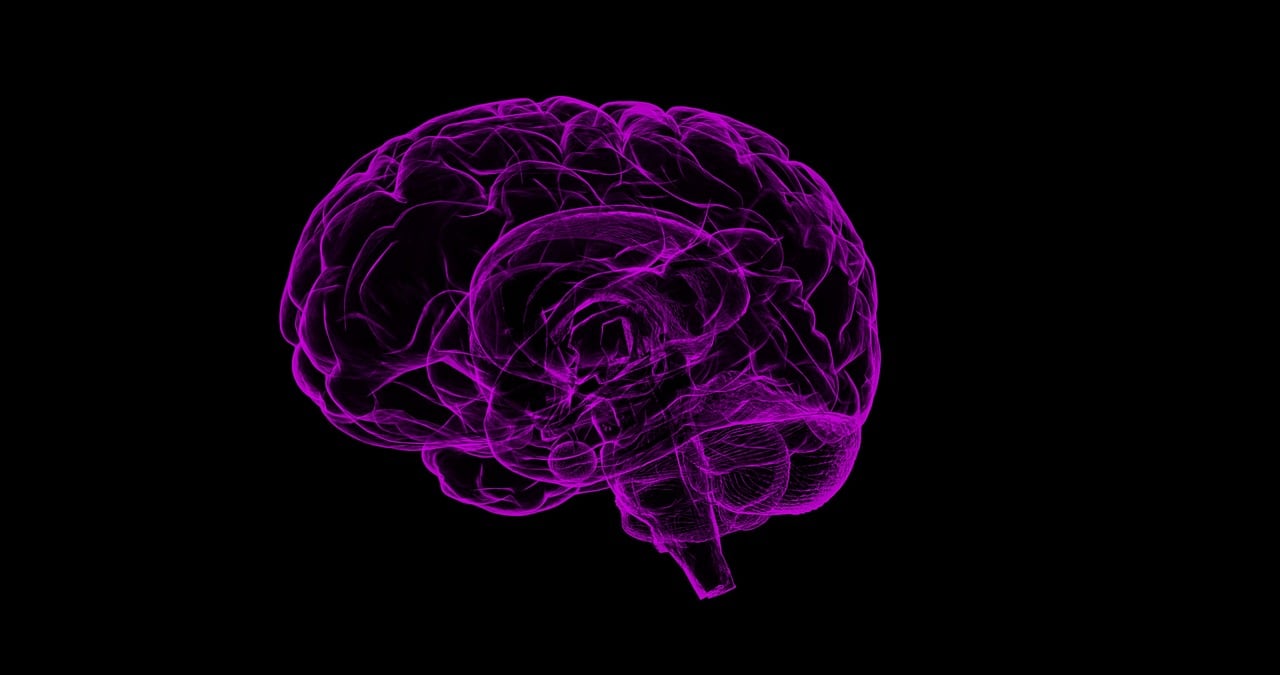The intricacy and astounding potential of the human brain consistently astonish researchers, propelling them to explore fresh avenues in comprehending cognition.
A consortium of international scientists, spearheaded by scholars from the University of Sydney, unveiled a momentous revelation: nanowire networks can showcase short- and long-term memory, akin to the human brain.
Let's find out more!
An unusual similarity
Published in the renowned journal Science Advances, this investigation delves into the potential of non-biological hardware to imitate higher-order cognitive functions linked to human intelligence.
Nanowire networks are fashioned from minute, conductive silver wires, encased in a plastic material, closely imitating specific facets of the interwoven physical structure of our brains.
In an experiment reminiscent of the N-Back task employed in modern psychology research, the nanowire network showcased the capacity to "retain" a particular endpoint in an electric circuit, revealing cognitive-like functionality.

Via strategic manipulation of the voltages in the terminal electrodes, researchers could fortify pathways, accentuating the network's memory precision, akin to the synaptic potentiation and depression process in the human brain.
The incessant reinforcement of the nanowire network engenders information consolidation, drawing parallels to the differentiation between short-term and long-term memory mechanisms in human brains.
Why is it important?
This discovery bears significant potential, as nanowire networks might serve as a platform for emulating brain-like learning and memory, unfurling possibilities for various things, such as sensor devices and even robiotics.









